-12%
Understanding Coronary Arteries and Their Significance in Cardiovascular Health
Coronary Arteries: Anatomical Foundation
The coronary arteries are the vital blood vessels that nourish the heart muscle. Anatomically, they originate from the aorta, the largest artery in the body, and extend over the surface of the heart, known as the epicardium. These epicardial coronary arteries are further classified into three main branches:
- Left Main Coronary Artery: Divides into the left anterior descending (LAD) and left circumflex (LCX) arteries.
- Right Coronary Artery: Supplies the right side of the heart, including the sinoatrial (SA) and atrioventricular (AV) nodes.
- Left Anterior Descending Artery (LAD): Descends along the anterior surface of the heart and perfuses the anterior wall of the left ventricle.
- Left Circumflex Artery (LCX): Courses along the left side of the heart and supplies blood to the lateral and posterior walls of the left ventricle.
Coronary Artery Microvasculature: Fueling the Heart
The epicardial coronary arteries branch into a intricate network of smaller microvessels, known as the coronary artery microvasculature. These microscopic vessels penetrate the heart muscle and provide a continuous supply of oxygenated blood to the myocardium, the muscular wall of the heart. The coronary artery microvasculature is a crucial element in ensuring the proper functioning of the heart, as it delivers the essential nutrients and removes waste products.
Ventricular Segmentation and Corresponding Coronary Territories
The left and right ventricles, the two pumping chambers of the heart, are divided into specific segments. Each of these segments is supplied by a distinct coronary artery branch, ensuring a precise distribution of blood flow to meet the varying demands of the heart muscle.
Echocardiographic Views and Coronary Artery Supply
Echocardiography is a non-invasive imaging technique that uses ultrasound waves to visualize the heart. Different echocardiographic views allow for the assessment of specific ventricular walls and segments. The corresponding coronary artery supply to each segment can be identified, providing valuable information for diagnosing and treating heart conditions.
Wall Motion Assessment and Coronary Artery Territories
Global and regional wall motion assessment is a critical component of echocardiographic evaluation. It involves analyzing the movement patterns of the ventricular walls and segments to identify areas of abnormal contraction. This assessment can help detect coronary artery disease, where narrowed or blocked coronary arteries restrict blood flow to specific segments of the heart muscle, causing impaired wall motion.
Strain Echocardiography and Coronary Artery Assessment
Strain echocardiography is an advanced imaging technique that measures the deformation of the ventricular walls during the cardiac cycle. It provides additional insights into regional wall motion and can be used to assess coronary artery territories affected by ischemia, a condition in which insufficient blood flow occurs to a particular region of the heart muscle.
Understanding the complex relationship between coronary arteries and the heart’s structure and function is essential for diagnosing and treating cardiovascular diseases. By carefully analyzing epicardial coronary artery anatomy, microvasculature distribution, ventricular segmentation, and wall motion patterns, medical professionals can gain valuable information that aids in the diagnosis and management of coronary artery disease and other heart conditions.

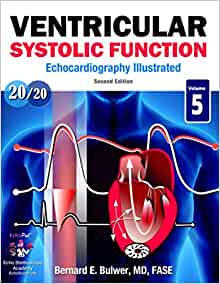

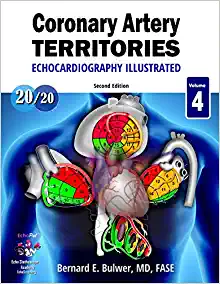
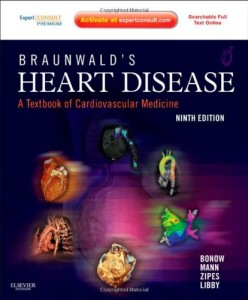
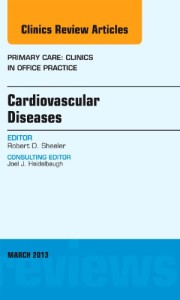
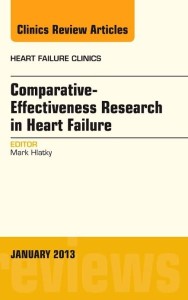

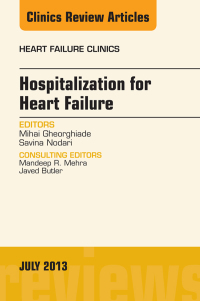
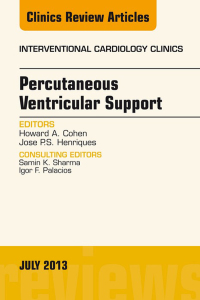
Reviews
Clear filtersThere are no reviews yet.